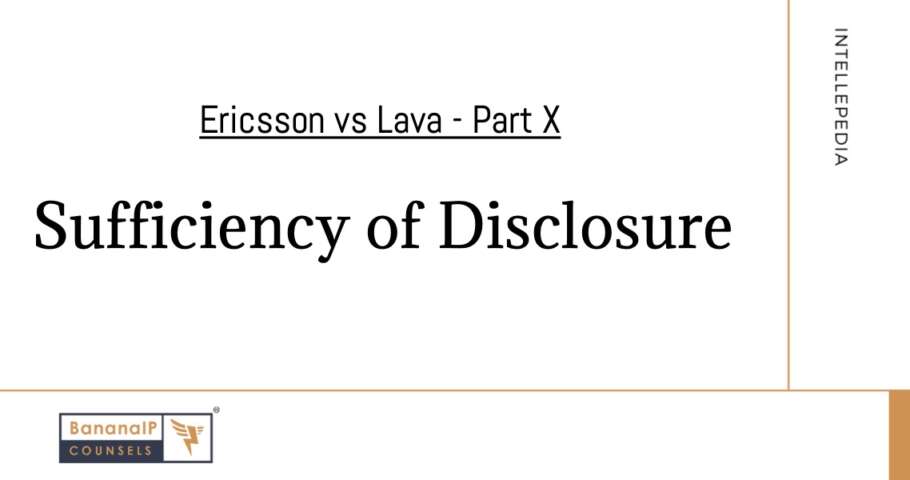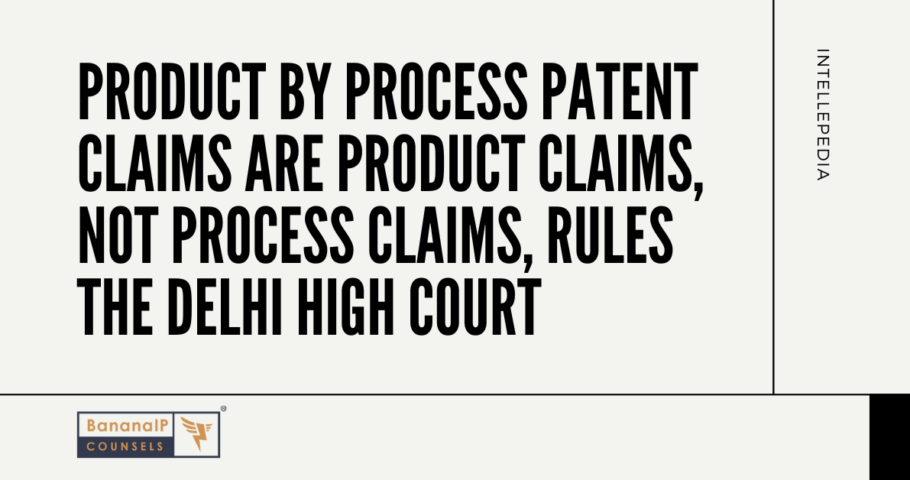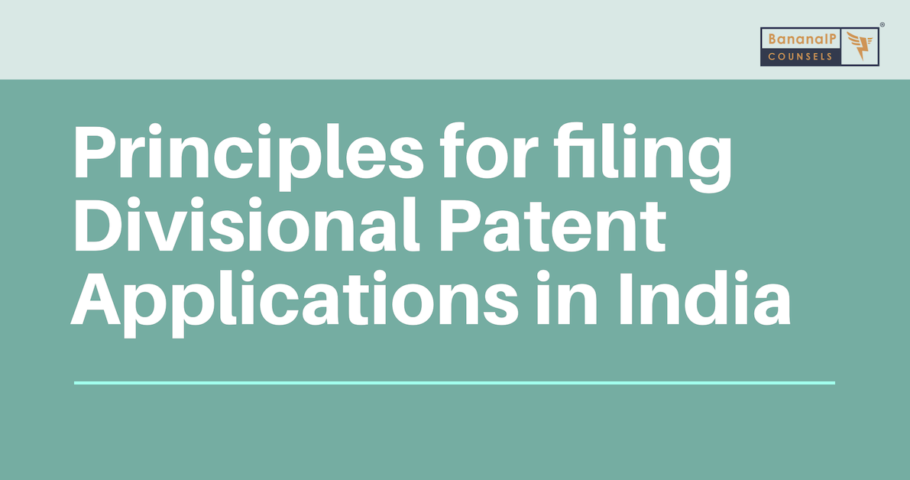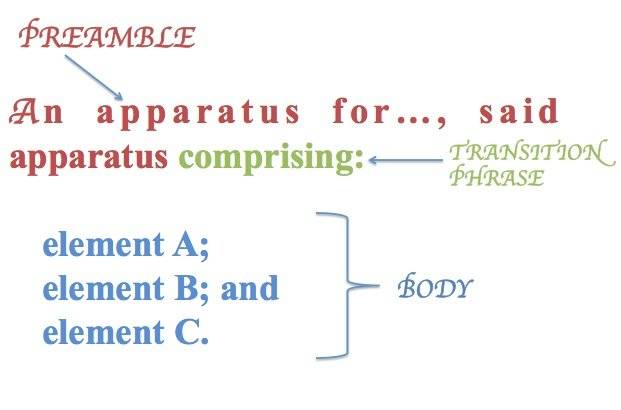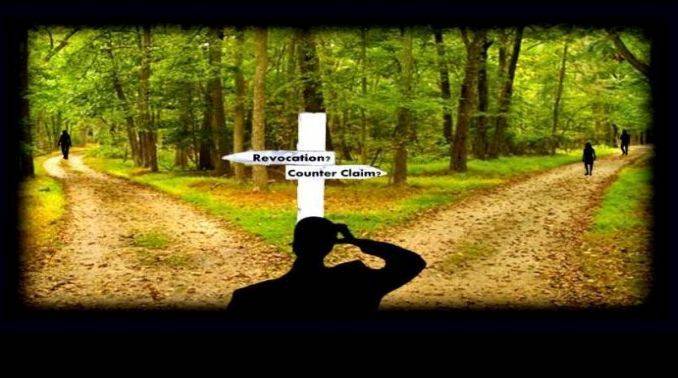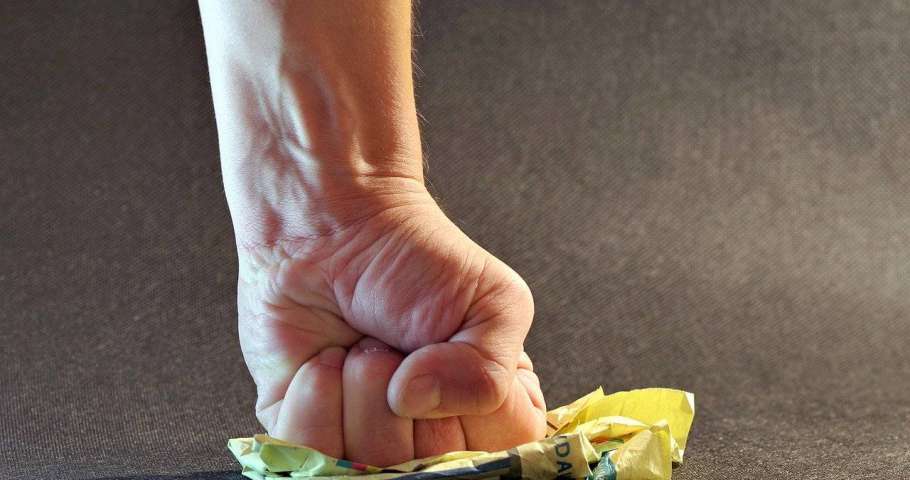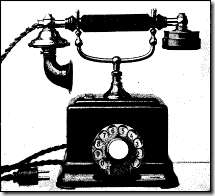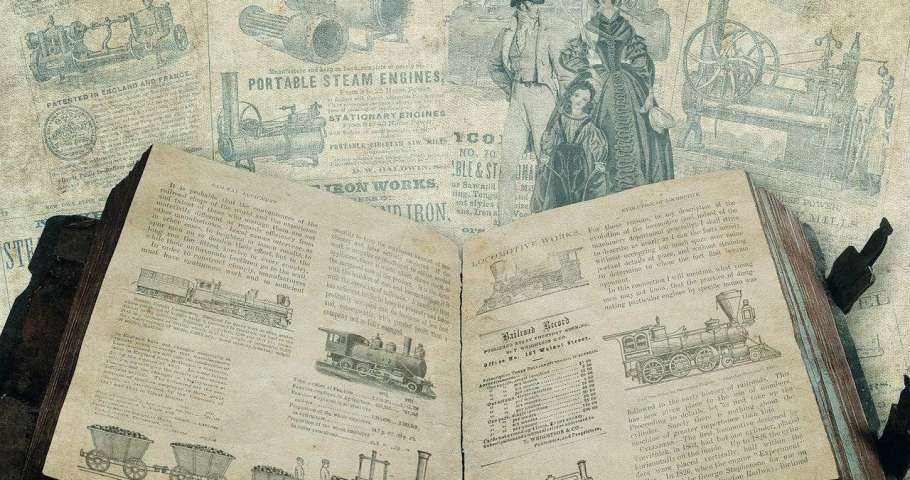In a significant ruling, the Madras High Court clarified that amending claims in a patent application does not imply abandonment of earlier claims. The court directed that decisions should be based on the amended claims. This analysis was part of Genomatica Inc. vs Controller of Patents case. Continue Reading New claims, Old claims, and Claim Amendments: Section 59 of the Patents Act


